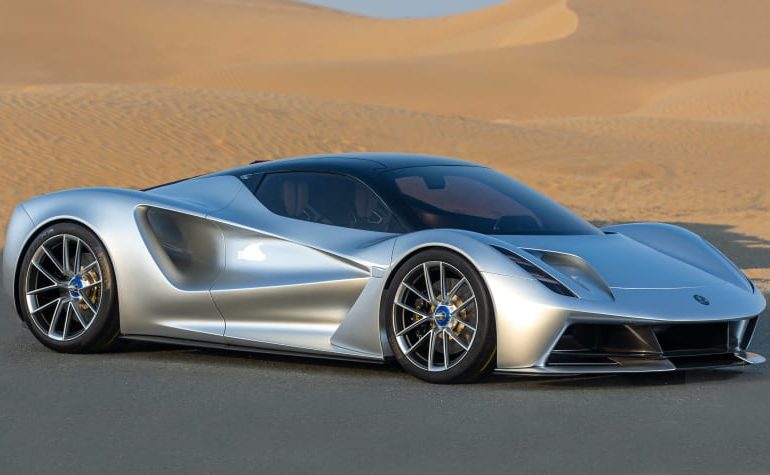Car aerodynamics is a crucial aspect of automotive engineering that affects vehicle performance, fuel efficiency, and overall stability. The way air flows around a car determines how much drag and lift it experiences, which in turn impacts speed, handling, and fuel consumption. Understanding aerodynamics is essential for manufacturers and enthusiasts alike. This is where research initiatives like “attac project.eu” come into play, helping to refine designs and improve efficiency.
What is Car Aerodynamics?
Aerodynamics refers to how air interacts with solid objects—in this case, cars. A well-designed aerodynamic car experiences less air resistance (drag) and better stability at high speeds. Engineers work meticulously to ensure that vehicles slice through the air smoothly, reducing turbulence and enhancing efficiency.
Key Components of Aerodynamics
- Drag: Drag is the resistance force that air applies to a moving vehicle. Lowering drag improves speed and fuel efficiency. Factors affecting drag include vehicle shape, surface smoothness, and airflow patterns.
- Downforce: Downforce is essential for performance vehicles as it helps keep the car stable at high speeds by pressing it down onto the road, improving traction.
- Lift: The opposite of downforce, lift occurs when air pressure beneath the car is higher than above it, potentially reducing stability. A well-designed spoiler or diffuser can help counteract lift.
- Airflow Management: Channels and vents in the car’s design help direct air efficiently, cooling components and reducing drag.
How Aerodynamics Improve Performance
- Fuel Efficiency: A streamlined car reduces the engine’s effort to push against air resistance, enhancing fuel economy.
- Speed & Stability: Sports cars and race cars have advanced aerodynamic features to maintain grip and reduce wind resistance, allowing higher speeds with better control.
- Noise Reduction: Better aerodynamics can also reduce wind noise, providing a quieter cabin experience.
Modern Aerodynamic Innovations
Car manufacturers constantly improve aerodynamics with advanced technology such as:
- Active Aero Elements: Adjustable spoilers and air vents that change position based on speed and conditions.
- Underbody Aerodynamics: Smooth undercarriages to minimize drag and turbulence.
- Lightweight Materials: Carbon fiber and other lightweight materials reduce weight and allow sleeker designs.
Conclusion
Aerodynamics is at the heart of modern car design, influencing everything from efficiency to handling. Engineers and researchers continue to push the boundaries with innovative designs that optimize airflow. Whether it’s a high-performance sports car or a fuel-efficient commuter vehicle, mastering aerodynamics is essential for superior performance and sustainability.

